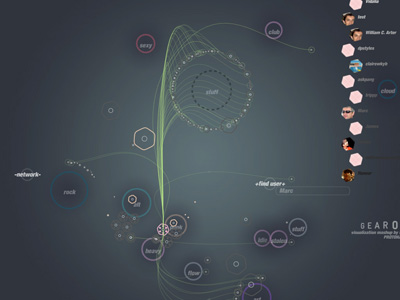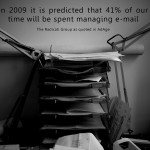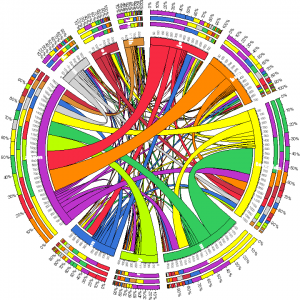Newspapers have at least two more huge opportunities.
First is to open the archives, with permalinks on every story in the database. Newspapers hold more of their communities’ histories and all other media put together, yet they hoard it behind a paywall that produces pathetic revenues and keeps people in the communities from using it — as they would all the time — as part of their current lives. The revenues would go up with targeted search and keyword-specific ads on those pages, I’m absolutely convinced. But an equally important result would be to strengthen local ties.
Second, expand the conversation with the community in the one place where it’s already taking place: the editorial pages. Invert them. Make the printed pages the best-of and guide to a conversation the community can and should be having with itself. The paper can’t set the agenda, at least not by itself (nor should it), but it can highlight what people care about and help the community have a conversation that is civil and useful.
What Gilmore is suggesting is to stop one step earlier in the editorial process. Great editors are excellent at searching and coalescing the voice of the people. Stop at the search, and promote the voices themselves; you have a local competitive advantage that is hard to top.
[via Doc Searls; Photo: Matt Callow]










